GPCR & G Protein
G protein-coupled receptors (guanine nucleotide-binding protein-coupled receptors), is a general term of a large class of membrane protein receptors. A common properties of such receptors is that their three-dimensional structures all contain seven transmembrane α helix with its C-terminal of peptide chain as well as the intracellular loop connecting the fifth and sixth transmembrane helices all containing G proteins (Guanosine nucleotide-binding protein) binding site. Their major function is transducing the extracellular signal into intracellular region through interaction with G proteins. G protein-coupled receptor can recognized various kinds of ligands and various stimuli including hormones and neurotransmitters, chemokines, prostaglandins, proteases, biogenic amines, nucleosides, lipids, growth factors, odorants and light. These receptors can act as an intracellular mediator and further participate in regulating complex network pathways. Signaling pathways mediated by G protein-coupled include cAMP / PKA signaling pathway, Ca2 + / PKC signaling pathway, Ca2 + / NFAT signaling pathway, PLC signal pathway, PTK signaling pathway, PKC / MEK signaling pathway, p43 / p44MAPK signaling pathway, p38 MAP signaling pathway, PI3K signaling pathway, NO-cGMP signal pathway, Rho signaling pathway, NF-KappaB signaling pathway and JAK / STAT signaling pathway (Fang Y. et al., 2003).
G proteins are heterotrimers consisting of α, β, γ three subunits. When activated, G protein-coupled receptors can have interaction with their cognate G- protein. G proteins capable of activating adenylate cyclase G protein are collectively called Gs while those having inhibitory effects on this enzyme are collectively called Gi. When Gs is in its non-activated state, it appear as a iso-trimer with the α subunit binding of GDP. In this case, both the cyclase and receptor have no activity; the binding of hormone ligand to the receptor leads to a conformational change of the receptor, causing the exposure of the Gs binding sites, receptor and Gs further diffuse in the membrane and lead to the combination binding of them two; after the formation of the receptor-Gs complex, Gs [alpha] subunit undergoes conformational change, repels the GDP and binds with GTP to be activated. The α can thus be dissociated from the βγ subunit and simultaneously exposing the cyclase binding site; α subunits bind to the cyclase and activate the latter one, utilizing ATP to generate cAMP; after a certain period, the GTPase activity in the α subunit leads to the hydrolysis of GTP into GTP; subunits then restore to the initial conformation, thereby being separated from the cyclase; the activation of cyclase is then terminated. The alpha subunit re-binds to the βγ subunit complex (Fang Y. et al., 2003).
Many G protein-coupled receptor-mediated signaling pathways are controlled by hormones. These pathways are all subject to dynamic adjustment. At the receptor level, it can be adjusted through inhibiting the coupling process between with G protein and the G protein-coupled receptor, redistribution of cell surface receptors and the degradation of the receptors. During the process of regulating these processes, two kinds of protein family -GRKs (G protein-coupled receptor kinase) and inhibitory proteins play a crucial role. GRKs are a cluster of kinases related to the rapid desensitization of the G protein-coupled receptors (GPCRs). Many kinds of GPCRs such as opioid receptors, thromboxane receptor, 52 serotonin receptors and adrenergic receptor are easily subject to a rapid decline of the transducing signals during continuous stimulation from agonist. This regulation mechanism is mainly related with GRKs. GPCR is a pharmacologically important protein family. There are hundreds of drugs related to these receptors pathways including antihistamines, tranquilizers, anti-depressants and anti-hypertensive drugs (Sah VP. Et al., 2003).
- Structure:
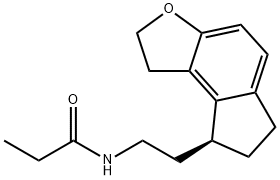
- Chemical Name:Ramelteon
- CAS:196597-26-9
- MF:C16H21NO2
- Structure:
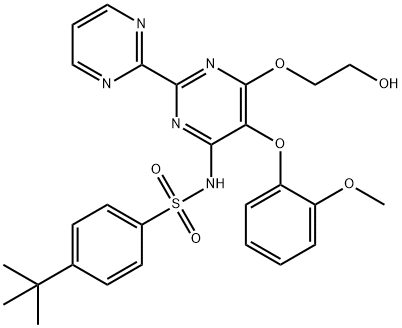
- Chemical Name:Bosentan
- CAS:147536-97-8
- MF:C27H29N5O6S
- Structure:
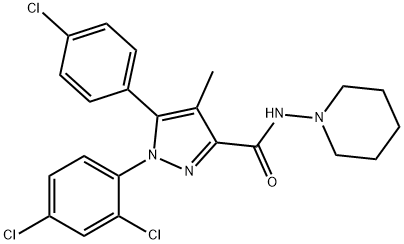
- Chemical Name:Rimonabant
- CAS:168273-06-1
- MF:C22H21Cl3N4O
- Structure:
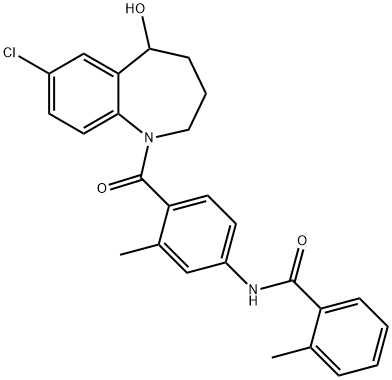
- Chemical Name:Tolvaptan
- CAS:150683-30-0
- MF:C26H25ClN2O3
- Structure:
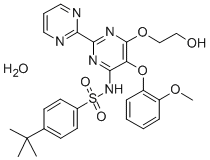
- Chemical Name:Bosentan hydrate
- CAS:157212-55-0
- MF:C27H31N5O7S
- Structure:
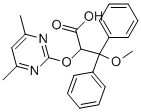
- Chemical Name:Ambrisentan
- CAS:177036-94-1
- MF:C22H22N2O4
- Structure:

- Chemical Name:Cinacalcet hydrochloride
- CAS:364782-34-3
- MF:C22H23ClF3N
- Structure:
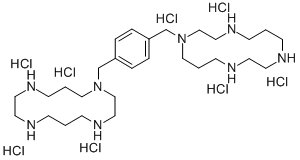
- Chemical Name:Plerixafor 8HCl (AMD3100 8HCl)
- CAS:155148-31-5
- MF:C28H54N8
- Structure:
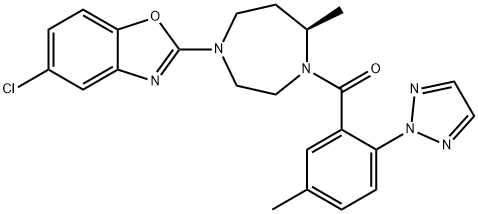
- Chemical Name:Suvorexant
- CAS:1030377-33-3
- MF:C23H23ClN6O2
- Structure:
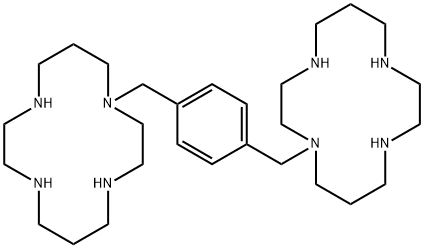
- Chemical Name:PLERIXAFOR
- CAS:110078-46-1
- MF:C28H54N8
- Structure:
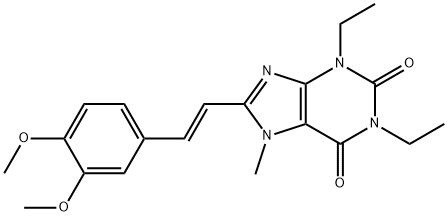
- Chemical Name:8-[(E)-2-(3,4-dimethoxyphenyl)ethenyl]-1,3-diethyl-7-methyl-purine-2,6 -dione
- CAS:155270-99-8
- MF:C20H24N4O4
- Structure:
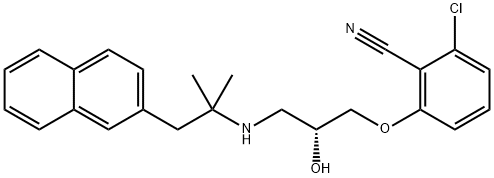
- Chemical Name:NPS 2143
- CAS:284035-33-2
- MF:C24H25ClN2O2
- Structure:
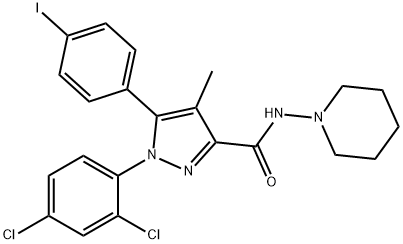
- Chemical Name:AM 251
- CAS:183232-66-8
- MF:C22H21Cl2IN4O
- Structure:
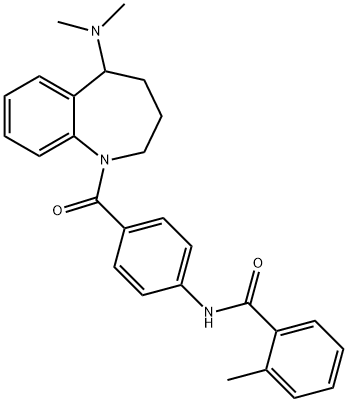
- Chemical Name:Mozavaptan
- CAS:137975-06-5
- MF:C27H29N3O2
- Structure:
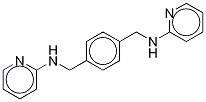
- Chemical Name:N1,N4-Di-2-pyridinyl-1,4-benzenedimethanamine
- CAS:55778-02-4
- MF:C18H18N4
- Structure:
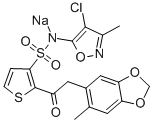
- Chemical Name:Sitaxentan sodium
- CAS:210421-74-2
- MF:C18H14ClN2NaO6S2
- Structure:
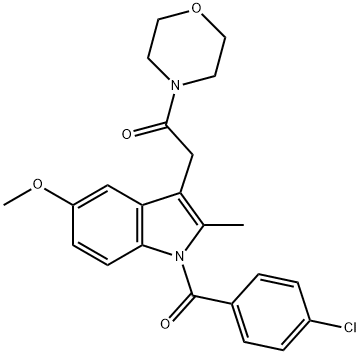
- Chemical Name:BML-190
- CAS:2854-32-2
- MF:C23H23ClN2O4
- Structure:
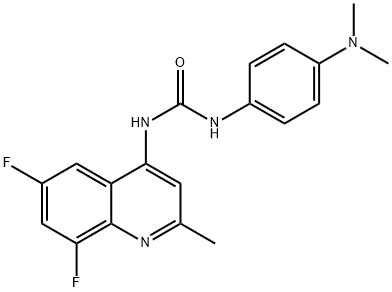
- Chemical Name:SB408124
- CAS:288150-92-5
- MF:C19H18F2N4O
- Structure:

- Chemical Name:CGS 21680A
- CAS:124431-80-7
- MF:C23H30ClN7O6
- Structure:
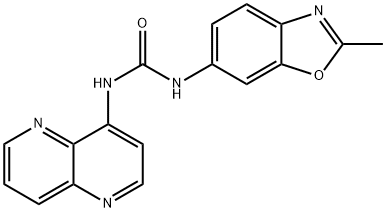
- Chemical Name:N-(2-METHYL-6-BENZOOXAZOLYL)-N''-1,5-NAPHTHYRIDIN-4-YL UREA
- CAS:792173-99-0
- MF:C17H13N5O2
- Structure:
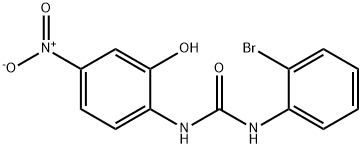
- Chemical Name:SB 225002
- CAS:182498-32-4
- MF:C13H10BrN3O4
- Structure:
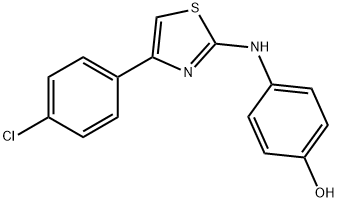
- Chemical Name:SKI II
- CAS:312636-16-1
- MF:C15H11ClN2OS
- Structure:
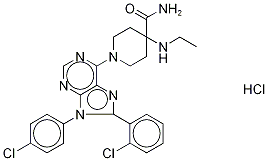
- Chemical Name:CP 945598 hydrochloride
- CAS:686347-12-6
- MF:C25H26Cl3N7O
- Structure:
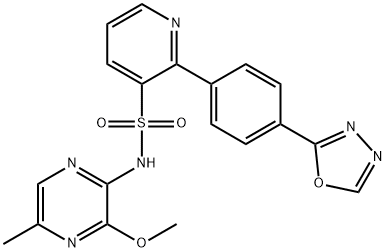
- Chemical Name:Zibotentan (ZD4054)
- CAS:186497-07-4
- MF:C19H16N6O4S
- Structure:
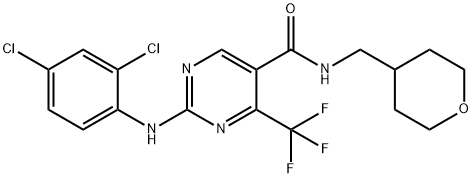
- Chemical Name:GW 842166X
- CAS:666260-75-9
- MF:C18H17Cl2F3N4O2
- Structure:
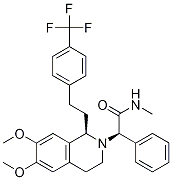
- Chemical Name:(R)-2-((R)-6,7-diMethoxy-1-(4-(trifluoroMethyl)phenethyl)-3,4-dihydroisoquinolin-2(1H)-yl)-N-Methyl-2-phenylacetaMide
- CAS:913358-93-7
- MF:C29H31F3N2O3
- Structure:
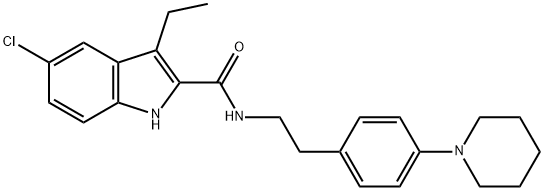
- Chemical Name:5-chloro-3-ethyl-1H-indole-2-carboxylic acid [2-(4-piperidin-1-yl-phenyl)-ethyl]-amide
- CAS:868273-06-7
- MF:C24H28ClN3O
- Structure:
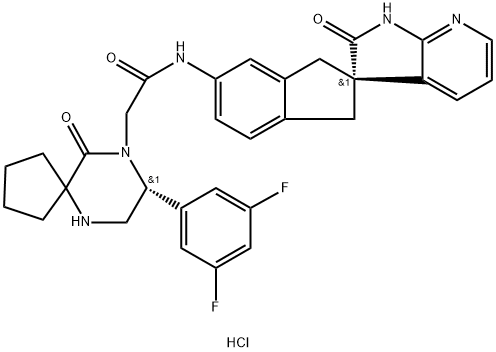
- Chemical Name:MK 3207 hydrochloride
- CAS:957116-20-0
- MF:C31H30ClF2N5O3
- Structure:
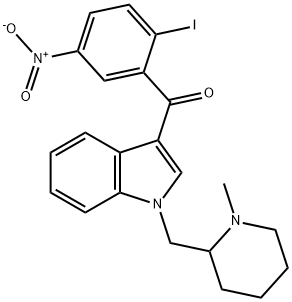
- Chemical Name:(R,S)-AM1241
- CAS:444912-48-5
- MF:C22H22IN3O3
- Structure:

- Chemical Name:BAF-312(SiponiMod)
- CAS:1230487-00-9
- MF:C29H35F3N2O3
- Structure:
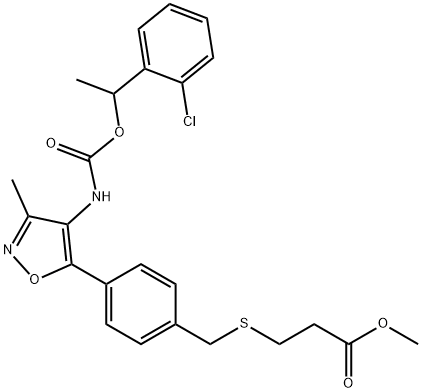
- Chemical Name:Ki16198
- CAS:355025-13-7
- MF:C24H25ClN2O5S
- Structure:
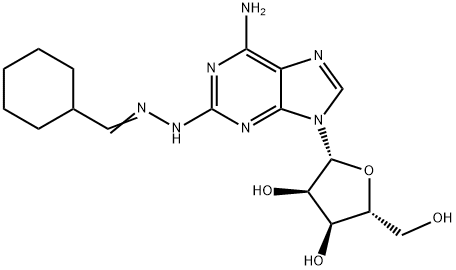
- Chemical Name:Binodenoson
- CAS:144348-08-3
- MF:C17H25N7O4
- Structure:
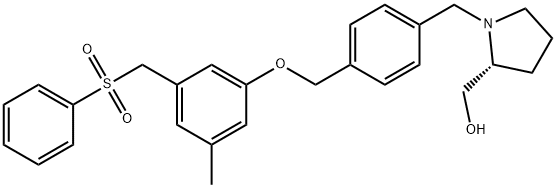
- Chemical Name:PF 543
- CAS:1415562-82-1
- MF:C27H31NO4S
- Structure:
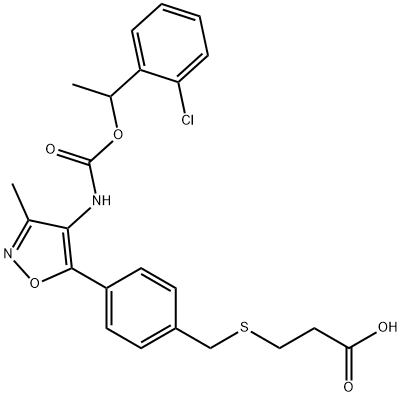
- Chemical Name:KI16425
- CAS:355025-24-0
- MF:C23H23ClN2O5S